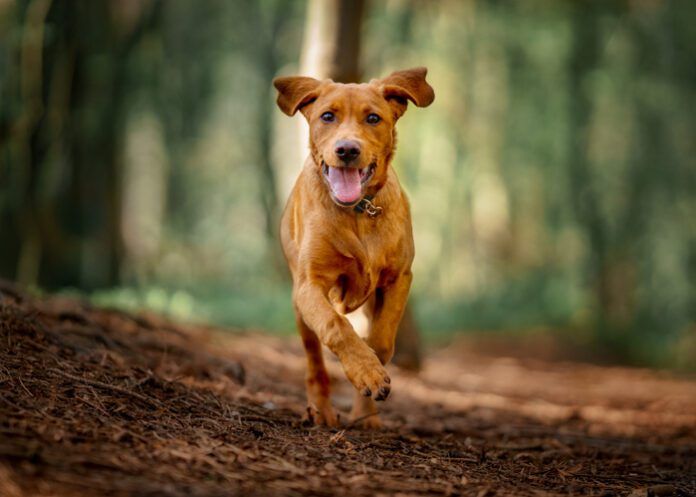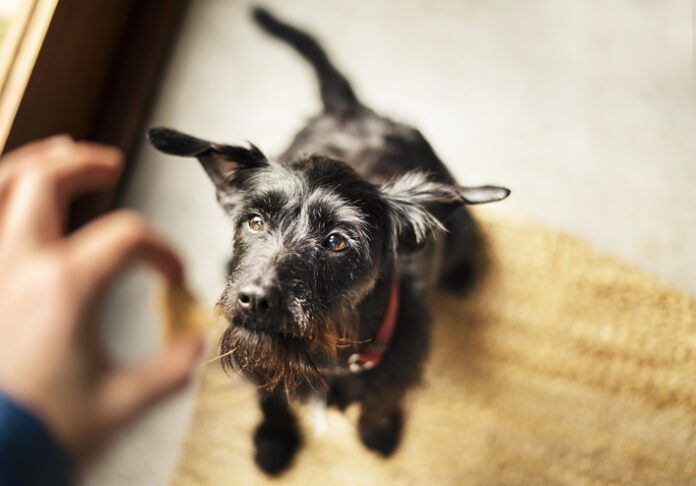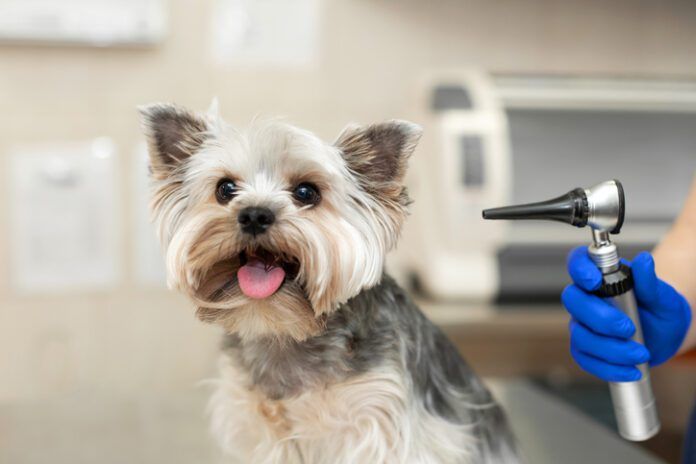My six-month-old Rottweiler has a goofy, bouncy walk. Does that mean she has hip dysplasia?
A lot of puppies – especially big, gangly ones – have a clumsy, bumbling gait, and this does not mean they have hip dysplasia. If your puppy had a hip dysplasia, you might notice that she limps sometimes, especially after strenuous exercise. You might hear or feel her hips “click” in and out, or notice that she stands and walks with her hocks or hind feet very close together. You might notice her struggling to push herself up into a standing position when she’s lying down, or she might have trouble climbing stairs.
The way vets assess a puppy for hip dysplasia is by looking for a limp as the puppy walks and runs, then checking whether the hip can easily be pushed out of position in the socket (this feels like a “click” and is called the Ortolani sign).
If there’s a suspicion of a problem – or if owners simply want more information – x-rays can be taken to check for hip dysplasia. Although a six-month-old puppy whose hips looked normal on plain x-rays might still develop hip dysplasia later, signs of the disease are often visible at this age. These x-rays are taken with the dog lying on her back in a frog-leg position. The puppy is sedated for a few minutes while the x-rays are taken. Sedation is required to relax the hip and thigh muscles and keep the dog in proper position for accurate x-rays. These x-rays can also be taken while a pup is under anesthesia for spaying or neutering.
On the x-rays, the vet will look at whether the head of the femur is smooth and round and fits snugly into the pelvis. In a puppy with severe hip dysplasia, the head of the femur may be out of the socket, or it may be obviously flat or misshapen.
Looseness in the hip joint – another sign of dysplasia – is measured by PennHIP x-rays. Very loose hips are a sign of dysplasia, and a good indication that a dog will develop arthritis over time.
You have a puppy of a breed that is known to have a high incidence of hip dysplasia, and you’re obviously concerned about it. If you haven’t already asked your vet to evaluate the puppy for hip dysplasia, I encourage you to do so. If her hips are normal, you’ll be reassured, and if they are abnormal, you’ll have surgical options for correcting the problem before arthritis sets in.
For answers to all your canine health questions – big and small – buy The Complete Healthy Dog Handbook by Betsy Brevitz, D.V.M from Whole Dog Journal.







